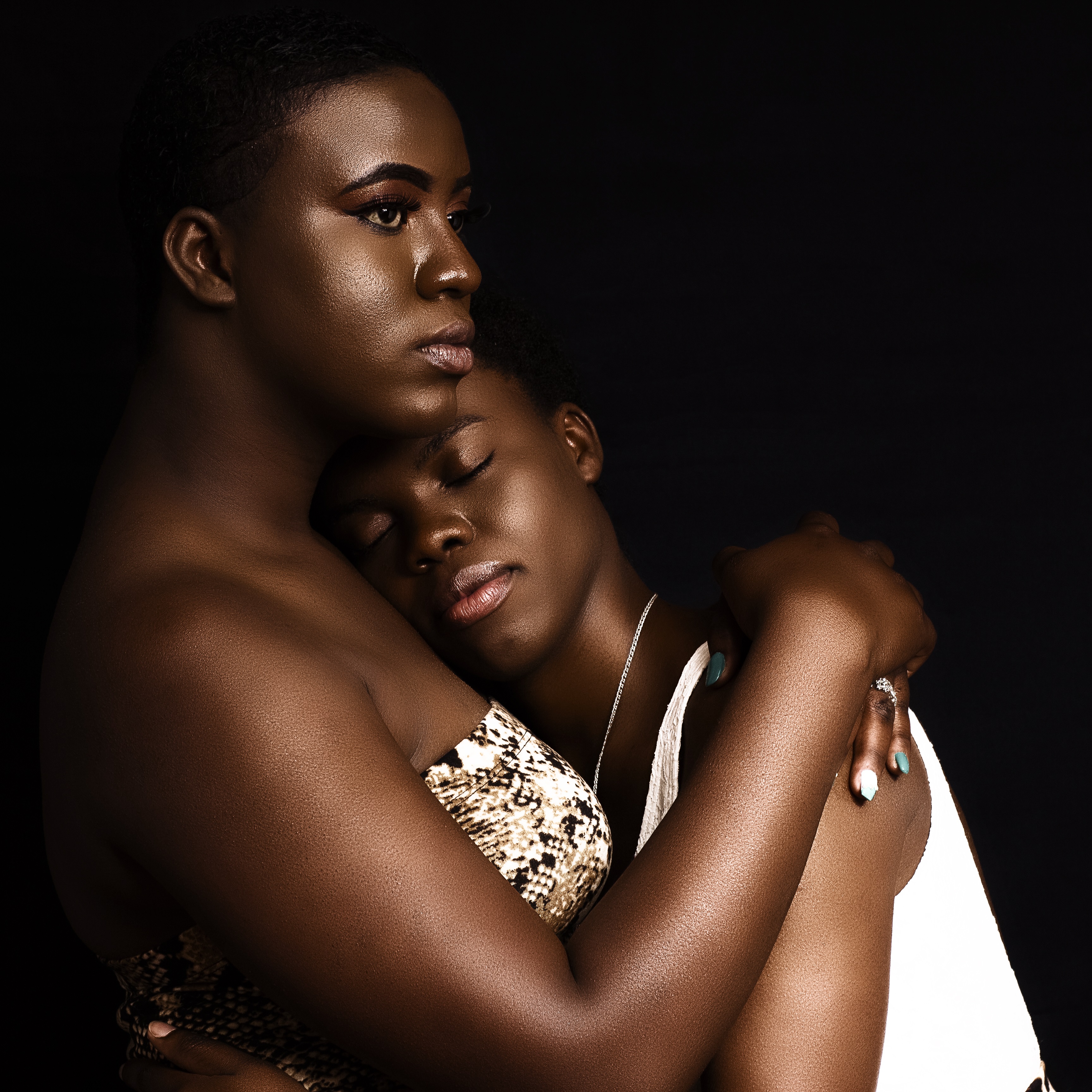There are years that ask questions and there are years that answer.
Zora Neale Hurston
The day I found a note card on my daughter’s nightstand answered questions that had periodically tip toed across my mind over the years. The card had one word prominently written across its blank canvas. It read, BREATHE. At that moment I felt an immediate sense of calm as I unconsciously heeded the prompt. At the same time anxiety bubbled up as I thought about the circumstances that could have prompted her to create this visible reminder.
The note card marked a difficult year of transition for my daughter. It was her first year of high school and full of foreign, uncomfortable and overwhelming experiences. She had been in a supportive and nurturing Montessori environment during her formative years. These environments encouraged independence and collaboration; they encouraged social awareness and empathy. This community allowed her to discover and appreciate who she was and to imagine the possibilities of what could be.
Her high school is an academically rigorous environment where all of the students are high achieving, driven and future focused. The size of her freshman class was about the size of the entire K-8 Montessori program. The norms associated with high school were all foreign to her. Different teachers for each class, longer class times, homework and regular test taking, various extracurricular activities and sports, navigating class changes and locker room changing, eating in the cafeteria, trying to find a tribe, and figuring out where you fit in. I had forgotten how difficult high school can be until I watched her struggle almost every morning to muster the courage and energy to get out of bed. It also opened a floodgate of memories from my experiences at exactly her age. Back then, I was a caretaker concerned about the mental wellness of a loved one. However, I was the fifteen-year-old struggling to find my way while supporting my mother in her battle with schizoaffective disorder.
We must accept the end of something in order to begin to build something new.
My mother’s first manic episode occurred when I was nine. My recall of that period is hazy but the roller coaster ride of her mental health breakdowns is vivid. At that time, no one understood what triggered her breakdown or the severity of her disorder. She was able to function for several months at a time with no erratic or concerning behavior. However, over the years I learned that during those seemingly calm periods, she struggled to maintain her peace. Life struggles would send her on a downward spiral. She hallucinated, causing her to believe that those who loved her the most were conspiring against her. She would turn angry and violent and then break down into unshakable depression.
Over the years, my mother has stabilized and she is able to function independently with wrap around support. Working to model self-care practices, encouraging my daughter to embrace her feelings and allowing her to witness my journey are my priorities. By modeling these practices for my daughter, I hope to remove the stigma of mental health disorders and normalize mental health self-care. These principles have been critical along my journey.
Cultivate curious awareness. A primary reason why the stigma of mental illnesses exists is because their origins are difficult to pinpoint and the manifestations vary. There is so much yet to be discovered and uncovered about the brain and its complex functionality. Nevertheless, awareness is a source of empowerment. Having that understanding serves as a source of grounding.
Model self-care. The self-care movement has made us much more aware of our wellbeing. Self-care can include anything from drinking your morning coffee from your favorite coffee cup to a regular yoga practice. It can include morning meditation or taking a deep breath before engaging in a conversation. The practices are our own to identify, develop, manage. The only requirement from my perspective is non-judgement.
She sees my weariness and my tears one day and my focused energy the next.
Show vulnerability and share stories. The notion that revealing our inner most thoughts, feeling and fears will be judged or used as a means to expose us can be debilitating. When we reframe vulnerability as a source of power and an authentic expression of our journey, we may feel the fear but we do it anyway. Sharing my journey and my stories with my daughter has been cathartic and it also removes the stigma. She sees me coordinating medication, collaborating with doctors, monitoring, care taking. She sees my weariness and my tears one day and my focused energy the next. I do not hide the yin and the yang because both are necessary on this journey. Because I do not hide, I believe that she has developed more compassion and empathy for my mom, for me and most importantly, for herself.

The questions I constantly asked over the years narrated my search for meaning. ‘Why me? What has the experience come to teach me?’ A learning from my mother’s journey was that part of my purpose rested in being an advocate, witness, supporter for other caretakers. I also discovered through the BREATHE note card that my learning on that journey was leaving a legacy of mental wellness for future generations.


